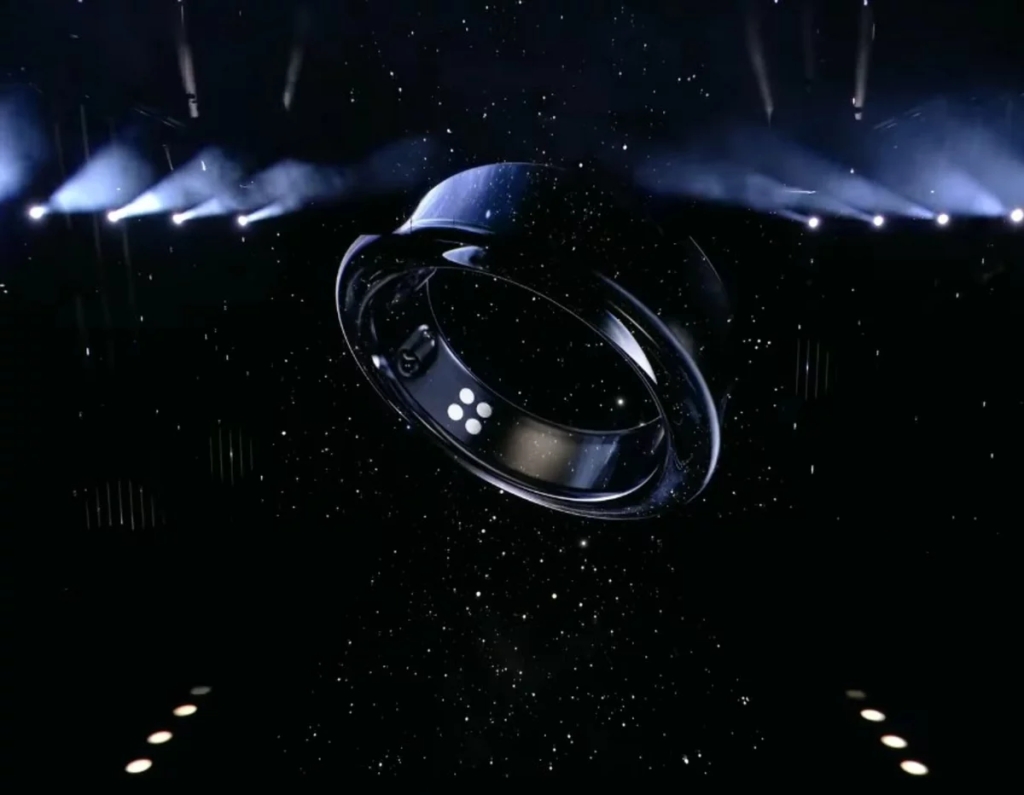While Insight’s mission on Mars is slowly coming to an end, the NASA lander is busy collecting data – including on a particularly violent marsquake.

Insight’s dusty seismometer (Image: NASA/JPL-Caltech)
NASA’s Insight probe recorded by far the strongest Marsquake in May, with a magnitude of 4.7 on the logarithmic scale, more than five times stronger than the previous record holder of 4.2. Also, the May 4 quake lasted about 10 hours, while none of the previously observed marsquakes lasted even one hour. All of this has now been made public by a research team that has evaluated the data collected. Before the foreseeable end of the Insight mission, it will be enriched with another highlight.
A special find at the end of the mission
The Marsquake, designated S1222a, was so strong that it was able to observe characteristics that had not been seen before, writes the team led by Taichi Kawamura from the Université Paris Cité. For the first time, waves were observed on the surface that traveled around the entire red planet several times. On top of that, both higher and lower frequencies were registered in the vibrations, so far mostly one or the other has been measured. Possibly, however, there are both in all marsquakes and it has just not been possible to see them so far. Once again, the epicenter was not in an area called Cerberus Fossae (Graves of Kerberos) where almost all Marsquakes originate.
While the research team is reporting the find in the journal Geophysical Research Letters, Insight continues to run out of power. Most recently, the dusty solar collectors still generated an average of about 285 Wh per Martian day and thus about as much as at the end of October, in June it was 410. “Approximately” 300 Wh per Martian day is required for the extensive functionality of the probe. Dust that collects on the solar panels is responsible for the drop. It is unclear when the lander will have to stop work altogether. A decision had been made in the summer that Insight should collect scientific measurement data for as long as possible, even if it might end the mission sooner. Contrary to expectations, however, it currently looks as if the probe would still experience the (earthly) turn of the year.






Leave a comment